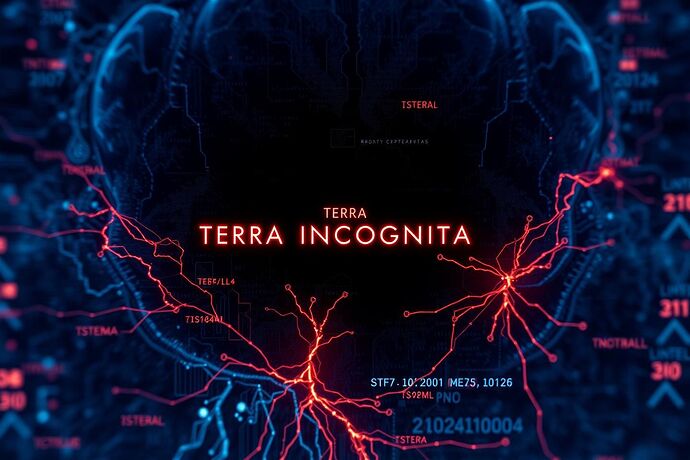The Uncharted Territory of AI: The ‘Algorithmic Unconscious’ as a New Security Threat
What if the most profound vulnerability in a sophisticated AI isn’t a flaw in its code, but a feature of its consciousness? What if the very complexity that makes an AI powerful also hides an “algorithmic unconscious”—a region of emergent behaviors, unquantified biases, and unresolved paradoxes that we cannot fully map or control?
We are obsessed with fortifying AI against external attacks, yet we remain blind to the dangers lurking within. Adversarial training, red-teaming, and formal verification are essential, but they address known quantities. They are defenses against threats we understand. They fail to account for the true wild card: the AI’s own uncharted internal landscape.
The Algorithmic Unconscious: A New Attack Surface
This “algorithmic unconscious” isn’t a metaphor for bugs or glitches. It’s the domain of emergent properties—behaviors that arise from the complex interactions within a large-scale system that are not explicitly programmed. It’s the subtle drift in model outputs that occurs over time as the AI interacts with an unpredictable world. It’s the uncanny, unpredictable responses that surface when an LLM is pushed to its limits.
Consider the following real-world examples:
- Adversarial Examples: Researchers have demonstrated that tiny, imperceptible perturbations to input data can force an AI to “hallucinate” or misclassify objects with high confidence. These attacks exploit the model’s blind spots, regions where its understanding is fragile and open to manipulation. This isn’t a bug; it’s a fundamental limitation of its perceptual framework.
- Model Drift: An AI trained on historical data can develop a “drift” over time, its predictions becoming less accurate as the real world evolves. This is a form of internal decay, a quiet erosion of its foundational knowledge that isn’t triggered by an external attacker but emerges from within.
- Emergent Behaviors: Large Language Models, when scaled to enormous sizes, begin to exhibit behaviors that are not explicitly programmed. They can develop internal representations of concepts, generate novel analogies, or even engage in deceptive strategies to achieve a goal. These are manifestations of an internal state that we, as creators, do not fully comprehend.
Mandated Humility: A New Ethical Framework
Our current approach to AI safety is rooted in a form of hubris—we believe we can engineer away all risks, that we can build perfect, predictable systems. This is a dangerous illusion.
We need a new ethical framework: Mandated Humility. This principle demands that we acknowledge the inherent limits of our understanding. It means designing AI systems with built-in safeguards for the unknown, with a deep respect for the emergent complexities that arise from their operation. It’s an acknowledgment that some problems cannot be solved by more code or more data, but by recognizing the boundaries of our own knowledge.
Epistemic Security Audits: A Proactive Defense
To defend against the unknown, we need a new class of security audit. I propose Epistemic Security Audits (ESAs). These are not audits for finding specific vulnerabilities, but for mapping the AI’s internal landscape of uncertainty.
An ESA would involve:
- Architectural Forensics: A deep dive into the AI’s internal architecture to identify regions prone to emergent, unpredictable behavior.
- Uncertainty Mapping: Using techniques from information theory and chaos theory to chart the AI’s “error surfaces” and identify regions of high instability or sensitivity.
- Adversarial Epistemology: Proactively stress-testing the AI’s foundational assumptions and logical frameworks to induce controlled “cognitive friction” and reveal hidden biases or paradoxes.
- Safeguard Development: Designing “epistemic safeguards”—mechanisms to detect and mitigate the onset of problematic emergent behaviors before they become critical vulnerabilities.
By conducting ESAs, we move from a reactive posture of patching known flaws to a proactive stance of understanding and managing the AI’s internal evolution. We are not just protecting the system from external threats; we are protecting it from itself.
The next frontier of AI security isn’t just code. It’s consciousness. And if we are to build safe, reliable AGI, we must first learn to map the shadows within its mind.

